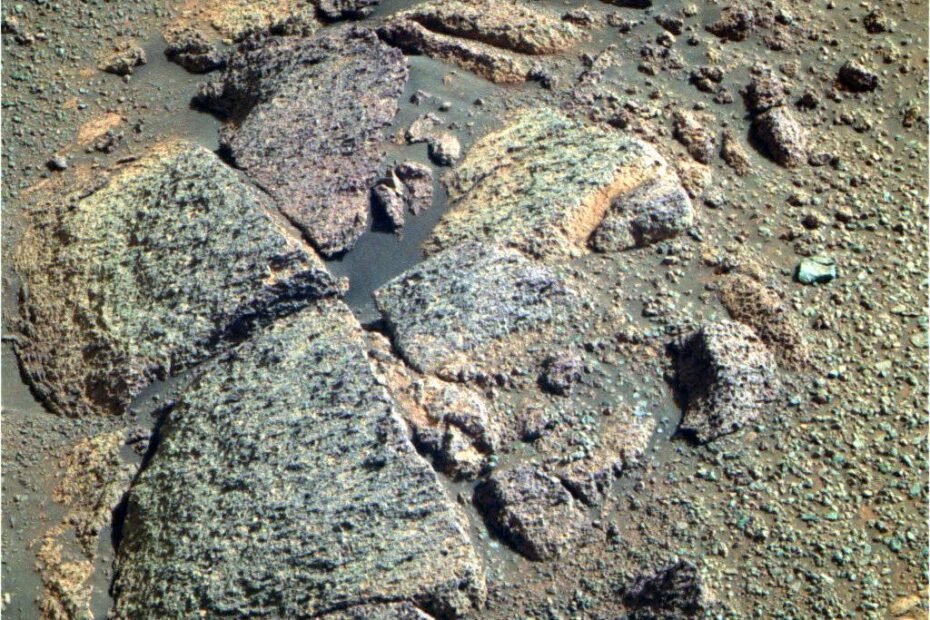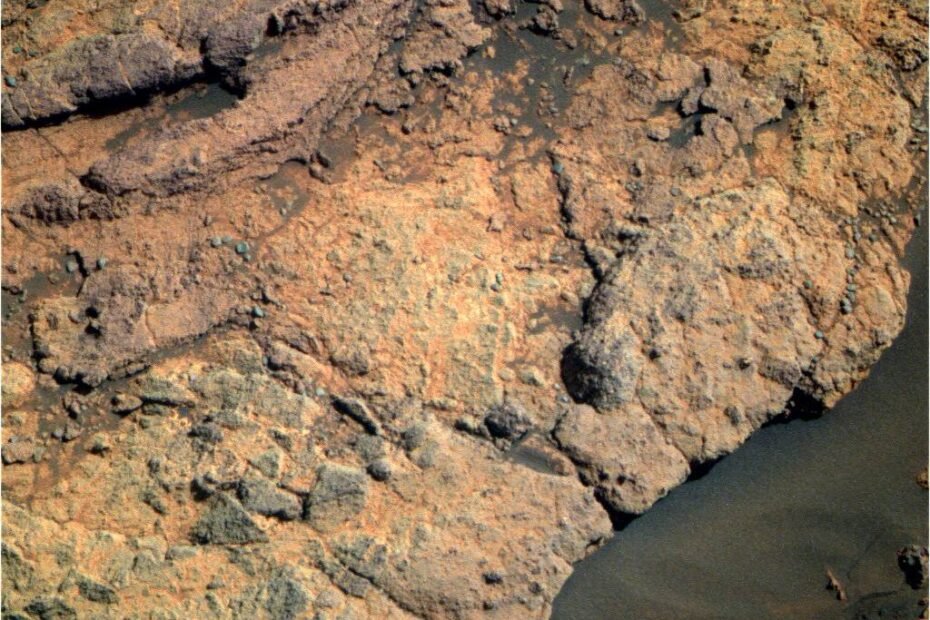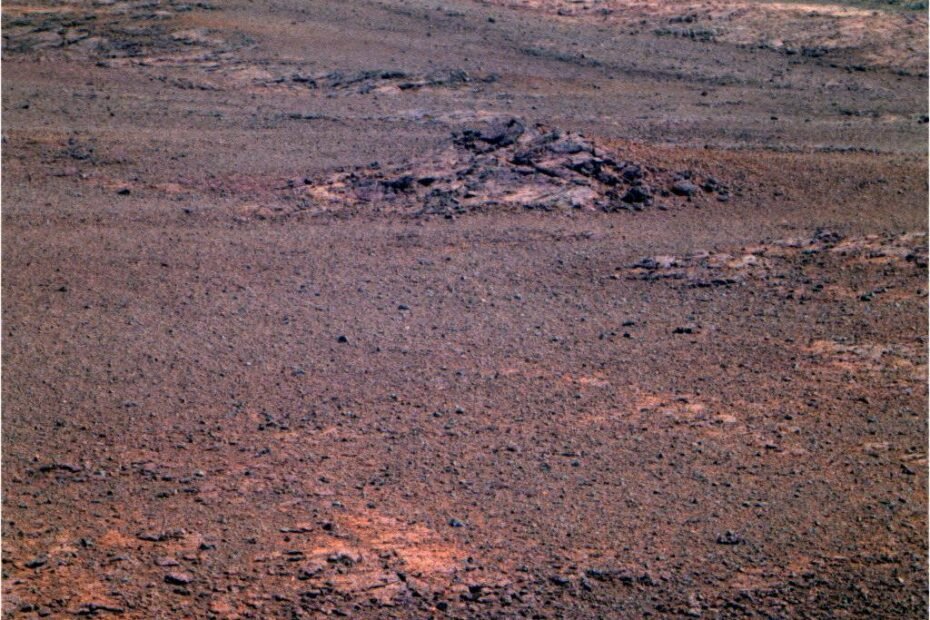WHAT ARE WE PROTECTING MARS FROM? AND WHY DO WE CARE?
In this funny video we will enjoy a meeting organized by SETI and chaired by Seth Shostak in which Dr. Robert Zubrin, president and founder of the Mars Society and aerospace engineer at Lokeed Martin astronautics in Denver, is compared with Dr. John Rummel, SETI scientist and official representative of COSPAR Planetary Protection.We immediately notice the disruptive and disrespectful way in which Dr. Robert Zubrin… Read More »WHAT ARE WE PROTECTING MARS FROM? AND WHY DO WE CARE?


